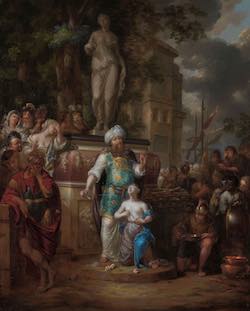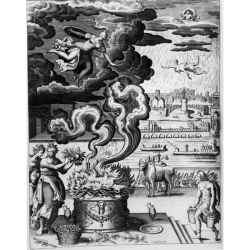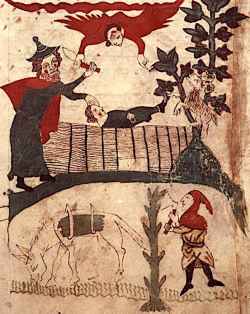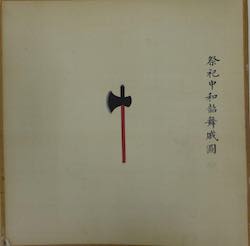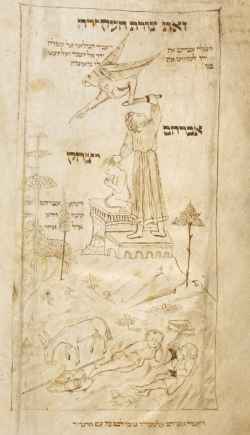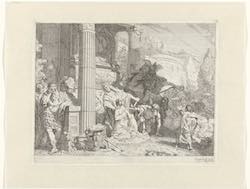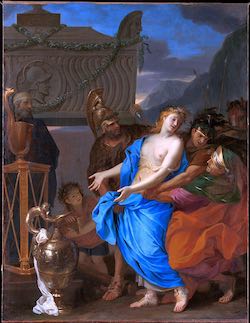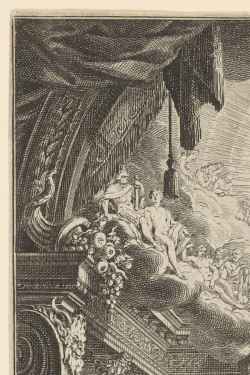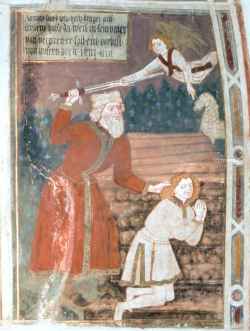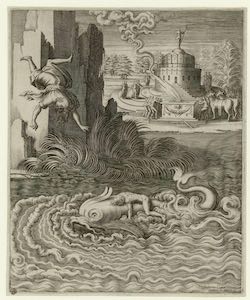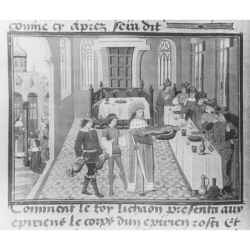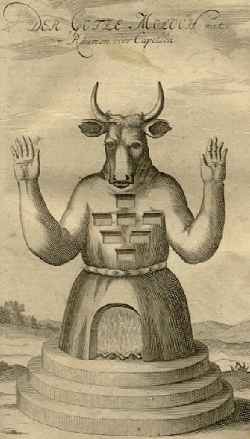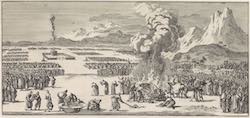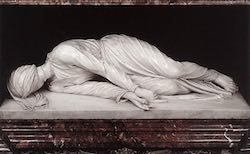Topic: 2. Sacrifice and religion: Comparisons, Antiquarians, Anthropology (16th-18th Century)
Religious sacrifices across various cultures and contexts sparked widespread interest in Early Modern Europe. As Christianity expanded into regions inhabited by "infidels" and "pagans", Europeans encountered a diverse array of sacrificial customs, ranging from the Sati rituals in India to the Aztec sacrifices in the Americas. This cross-cultural exposure captivated a wide audience, including theologians, philosophers, political thinkers, antiquarians, orientalists, missionaries, poets, artists, and even the general public. These encounters broadened the European understanding of sacrifice and led to a critical reassessment of classical and biblical sacrificial rites. This section includes:
- Sources: A selection of early modern printed materials, which include descriptions of the Americas, Asia, and Africa, alongside antiquarian and philological studies on religious sacrifice in classical antiquity and beyond. It also presents early modern works of ethnological observations and the first attempts to compare different sacrificial practices in various traditions and contexts, laying the groundwork for disciplines like the history of religions and anthropology.
- Iconographic Representations: A rich collection of images from the 16th to 18th centuries, illustrating a range of sacrificial rituals and practices as seen in different cultural and geographical contexts.
- Related Bibliography: An extensive bibliography spanning scholarly works from the 19th to 21st centuries, providing contemporary analyses and interpretations of these early studies and observations.
Sacrifice of Iphigenia [1690 - 1700]
Rijksmuseum, Amsterdam
The Athenians sacrifice to the newborn Minerva (1629)
from: Philostratus of Lemnos. Les images ou tableaux de platte peinture des deux Philostrates, sophistes grecs, et les Statues de Callistrate, tr. Blaise de Vigenère. Paris. 1629, p. 510
Warburg Institute
The Sacrifice of Isaac (1348)
from: Mahzor
Darmstadt | Universitäts- und Landesbibliothek Darmstadt, Cod. Or 13, fol. 202
The Battle-Axe at Shao Dances at the Offering of Sacrifices Painting (1736-1795)
from: The Illustrated Regulations for Ceremonial Paraphernalia of the Present Dynasty (illustrated manuscript commissioned by the Qianlong Emperor) - Beijing
V&A Museum, London
Sacrifice of Isaac, with captions in Ashkenazi square script. Isaac is kneeling on the altar, Abraham is lifting the knife, but an angel prevents him from hurting his son by grabbing his knife. The same angel points to the ram caught in a bush on the left. Beneath, at the foot of the mountain, the two servants, the donkey and a dog are resting in a field (1460)
from: Add. MS 14759 fol. 1v
British Library, London
Ammon Herm (1652)
from: Athanasius Kircher, Oedipus Aegyptiacus, V. Mascardi, Roma,1652-1654
The Sacrifice of Iphigenia [1710-1720]
Musée de l'Histoire de France, Versailles
Ancient Ritual Sacrifice (1553)
from: Lafréry, Antoine. Speculum Romanae Magnificentiae [...], Roma, n. p., 1553, A 110
University of Chicago Library, Chicago
The Sacrifice of Polixena (1647)
Metropolitan Museum, New York
(1714)
New York Public Library
The Sacrifice of Isaac (1475-1485)
from: Wandmalereien Filialkirche St. Nikolaus, Klerant
Ino and Palemon [1615]
from: Iaspar Isaac Gaultier ; Thomas de Leu, Les images ou tableaux de platte peinture des deux philostrates sophistes grecs et les statues de Callistrate mis en francois par Blaise de Vigenere bourbonnois enrichis d'arguments et annotations reueus et corrigez sur l'original par un docte personnage de ce temps en la langue grecque et representez en taille douce en cette nouuelle edition auec des epigrammes sur chacun diceux par Artus Thomas sieur d'Embry [...], Paris, Abel l'Angelier, 1615
Bibliothèque municipale, Lyon
Lycaon serves human flesh to Jupiter (1467)
from: Historia Troyana
Brussels, Bibliothèque royale de Belgique
Satyrs offering a sacrifice to Pan (1510)
Pinacoteca di Brera, Milano
The Idol Moloch with Seven Chambers or Chapels (1711)
from: Lund, Johann. Die Alten Jüdischen Heiligthümer, Hamburg, Fickweiler, 1711
Sacrifice of the red young cow (1683)
from: Petrus Cunaeus, De republyk der Hebreen, of gemeenebest der joden, 3 delen, Amsterdam, Wilhelmus Goeree, 1683
Rijksmuseum, Amsterdam
Saint Cecilia (1600)
Basilica di Santa Cecilia in Trastevere, Altar, Rome

